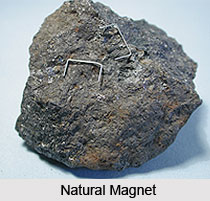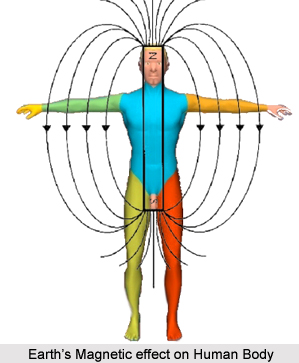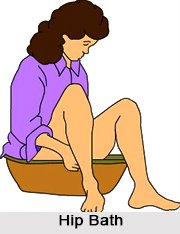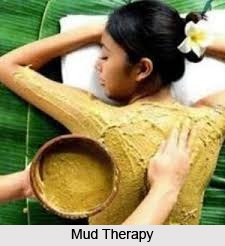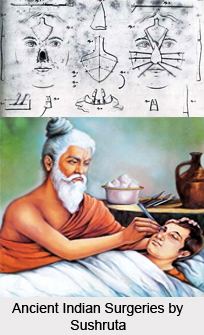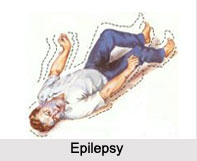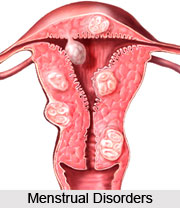 Fever is a sudden or gradual rise in normal human body temperature, which, on an average, remains at 98.6 degrees Fahrenheit. It is a common ailment. It is a symptom of any given infection and contagion; fever indeed is a symptom of almost every disease known and realised by man. When one"s body is terribly battling against infections, the body temperature rises.
Fever is a sudden or gradual rise in normal human body temperature, which, on an average, remains at 98.6 degrees Fahrenheit. It is a common ailment. It is a symptom of any given infection and contagion; fever indeed is a symptom of almost every disease known and realised by man. When one"s body is terribly battling against infections, the body temperature rises.
Fever is part of the human body"s defence mechanism. When the body is defending infections, the body temperature rises automatically. Fever, as the general view is, is not always harmful. In fact, in some diseases, fever has proven to be beneficial, as in instances of Neurosyphilis, Chronic Arthritis and some widespread Cancers.
Types of Fever
Charaka has categorised fever in his Ayurvedic Text "Charaka Samhita" into numerous varieties, depending upon the vitiation of the three doshas, namely - Vata, Pitta and Kapha. Fevers are also classified according to their severity and duration.
The common fever, or the common cold, as can be seen almost in every household, bears much similarity to fever in general. Common fever most often has the chance to develop into "Flu". The other different types of fever are -
•Typhoid Fever
•Meningitis Fever
•Dengue Fever
•Diphtheria Fever
•Sandfly Fever
•Mumps
•Rheumatic Fever
•Heat exhaustion and Heat Stroke
•Chickenpox Fever
•Measles Fever
•Bulbous Eruptions
•Erysipelas
•Hectic Fever
•Malaria
•Black Water Fever
•Kala-Azar
•Filariasis
Causes of Fever
There exist several reasons for which fever rises up to higher stages. Examples can be cited as the change of climate or seasons, the nullification of the vital fluid "blood" and other supplementary reasons. Although the most common causes of fever are common infections such as colds and gastroenteritis, other causes include; infections of the ear, lung, skin, throat, bladder, or kidney, conditions that cause inflammation, side effects of drugs, cancer, vaccines and many more.
Symptoms of Fever
Fever is almost always accompanied by "sickness behaviour", which includes weariness, depression, anorexia, drowsiness, hyperalgesia and the powerlessness to concentrate. Symptoms of a fever include; chills, incontrollable aches and pains all over the body, lassitude, elevated body temperature on the thermometer, flushed cheeks and feeling hot or cold, accompanied by shivering. The body basically trembles and has chills when the fever is gradually rising, especially speedily and sweats when the fever is dropping, or breaking, as is normally known to the common man. If the fever is very high, there may also be extreme irritability, confusion, delirium and convulsions.
Diagnosis of Fever
Body temperature while a patient is suffering from fever, is generally measured in the mouth by a thermometer, being held under the tongue for 5 to 8 minutes. Other methods to measure body temperature include from the rectum, from the auxiliary gland (armpit) and employing a particular temperature-taking device in the ear.





